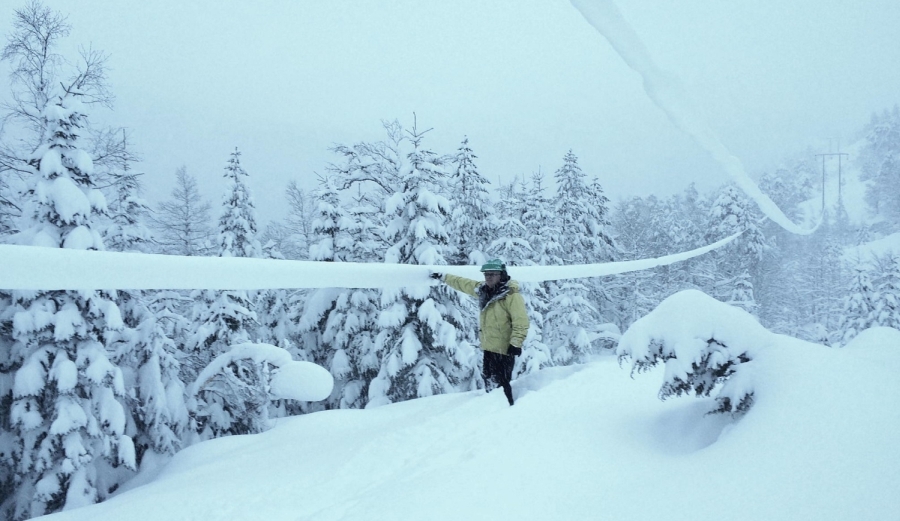Disputas og prøveforelesning vil bli holdt i Auditorium 1, Geologibygningen. I noen tilfeller vil det være mulig å delta på prøveforelesningen og disputas digitalt, i så fall blir det lagt ut en lenke til Zoom.
Prøveforelesning
Torsdag 1 desember, 15:15-16:00, Aud 1, Geologibygningen
Tipping points in the climate system and the role of clouds and precipitation processes
Kreeringssammendrag
Atmosfærisk ising er et værfenomen hvor is akkumulerer på strukturer og danner laster, som i noen tilfeller kan bli svært belastende og føre til store skader eller havarier på kritisk infrastruktur. Nedbør er en viktig parameter for å kunne predikere ising, og denne avhandlingen inkluderer arbeid for å forbedre en værvarslingsmodell med hensyn på nedbør og ising. Avhandlingen undersøker også fremtidige klimaendringers påvirkning på isingsklima og nedbør i Norge, samt finner frem til årsakssammenhengene som fører til en relativt stor reduksjon i fremtidig vinternedbør i regionen i en anerkjent klimamodell.
Hovedfunn
Populærvitenskapelig artikkel om Iversens avhandling:
Predictions of atmospheric icing and winter precipitation
Atmospheric icing is a major weather hazard which imposes threats to critical infrastructure by accumulation of heavy ice loads. This includes structures such as power lines, bridges, telecommunication towers, wind turbines, and aircraft, and the ice loading might lead to costly damages, collapses, or disruptions. For these reasons, accurate weather and icing forecasts, as well as estimates of the future occurrence of atmospheric icing, is important for society. This doctoral work improves the weather forecasting with respect to predictions of atmospheric icing, and projects the future occurrence of atmospheric icing in Norway based on two climate models.

Precipitation is a key ingredient for several types of atmospheric icing, and is also critically important in many other respects, for example for hydropower generation, water consumption, irrigation, and industry. One of the climate models applied in this doctoral work showed future winter precipitation decreases down to 30 % over the Norwegian Sea and Norway towards the end of the century, something that would have significant implications for society. An aim has been to find and understand the physical mechanisms behind this climate response. The results show that the model’s extreme projection of future cooling in the North Atlantic causes decreases in local convective precipitation (showers). This contributes to explain some of the uncertainty in future precipitation projections from climate models and to urge the work on constraining the uncertainties.
Foto og annen informasjon:
Pressefoto: Emilie Claussen Iversen, portrett; 500px. Foto: Privat
Annet bildemateriale: Figur med beskrivelse og kreditering som spesifisert i artikkelen over, størrelse 1500px.
